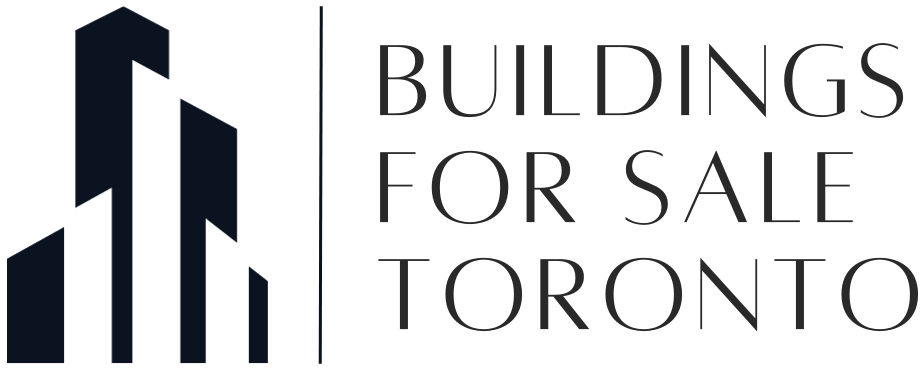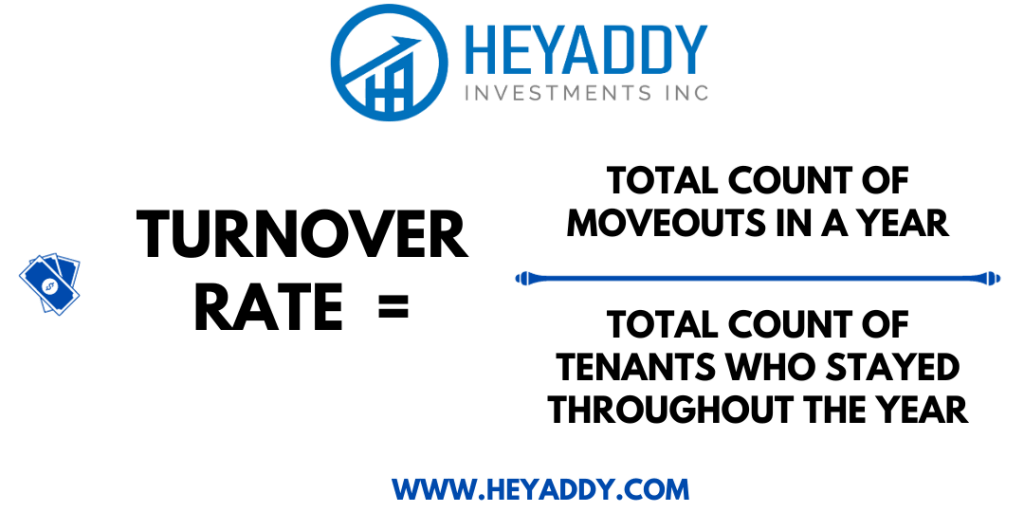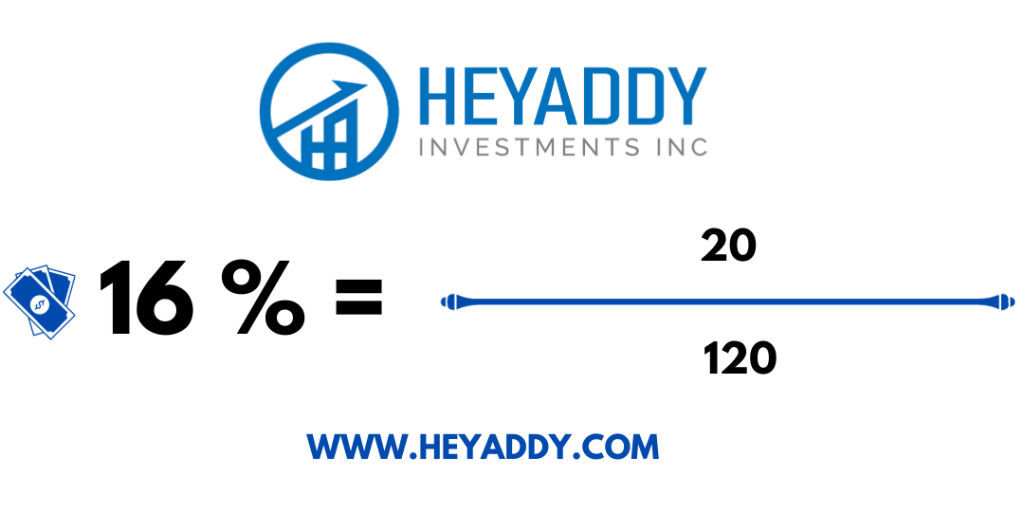Highlighting Income Potential and Occupancy Rates in Your Property Listing

In real estate, a property listing is not just a mere snapshot. It’s a strategic canvas where every detail matters. One crucial brushstroke often sets successful listings apart is the spotlight on income potential and current occupancy rates. It’s a statement of fact, strategically positioning your property to captivate the eyes of potential buyers and investors. To look at it better, Occupancy or vacancy rates as an inverse, refer to the percentage of rental units occupied at any given time. High occupancy rates translate to higher rental income. In this case, it can instill confidence among the buyers and investors as it demonstrates market demand, effective management, and the property’s appeal to tenants, which is good for seeing the factual income potential of a property.
Displaying current occupancy rates provides a real-time snapshot of the property’s desirability and tenant satisfaction. It’s not just about saying it’s occupied; it’s about conveying the property’s demand, stability, and attractiveness as a lucrative investment. On the other hand, Income potential is the enchanting waltz that allures potential buyers since your property is a potential revenue stream. By articulating its income-generating possibilities, whether through rental income, commercial spaces, or other avenues, you present a compelling narrative that transcends the physical aspects of the property.
For expert investors, the income potential and occupancy rates are not just details but decision-making factors. Placing this information in your listing creates a magnetic pull for those seeking property and a good investment opportunity.
In conclusion, the art of real estate listings goes beyond the basics. It’s essential in positioning your property in the market. By highlighting income potential and occupancy rates, you’re not just presenting data. It instills a sense of assurance in your potential buyers that will help them see your financial sensibilities and investment goals. This will attract the right attention and pave the way for a successful transaction.



